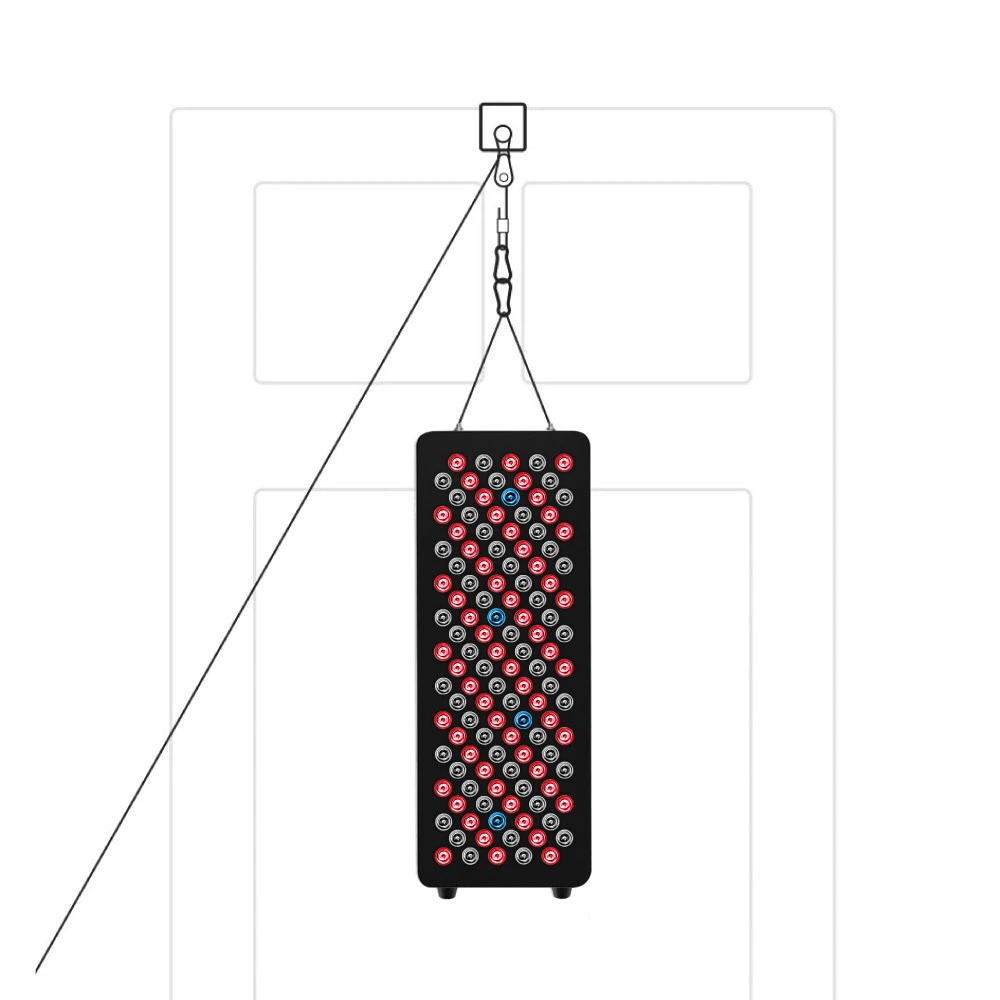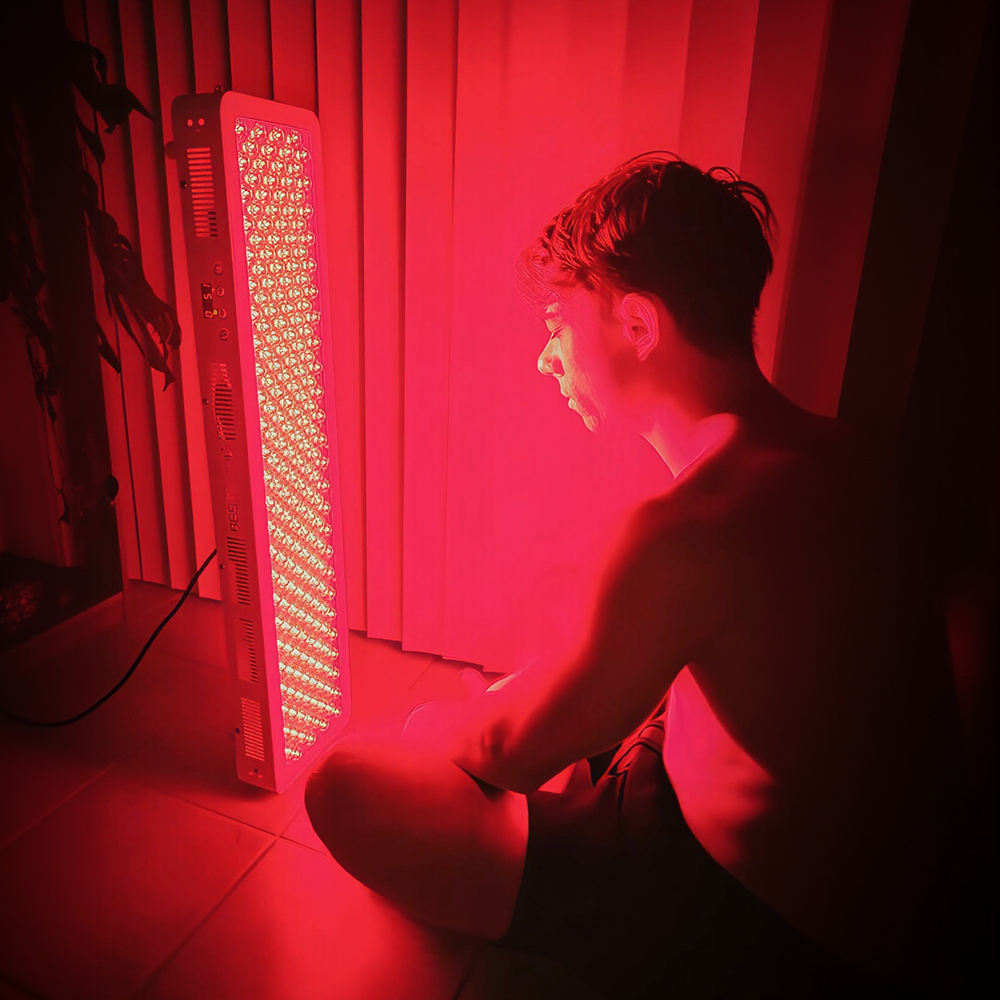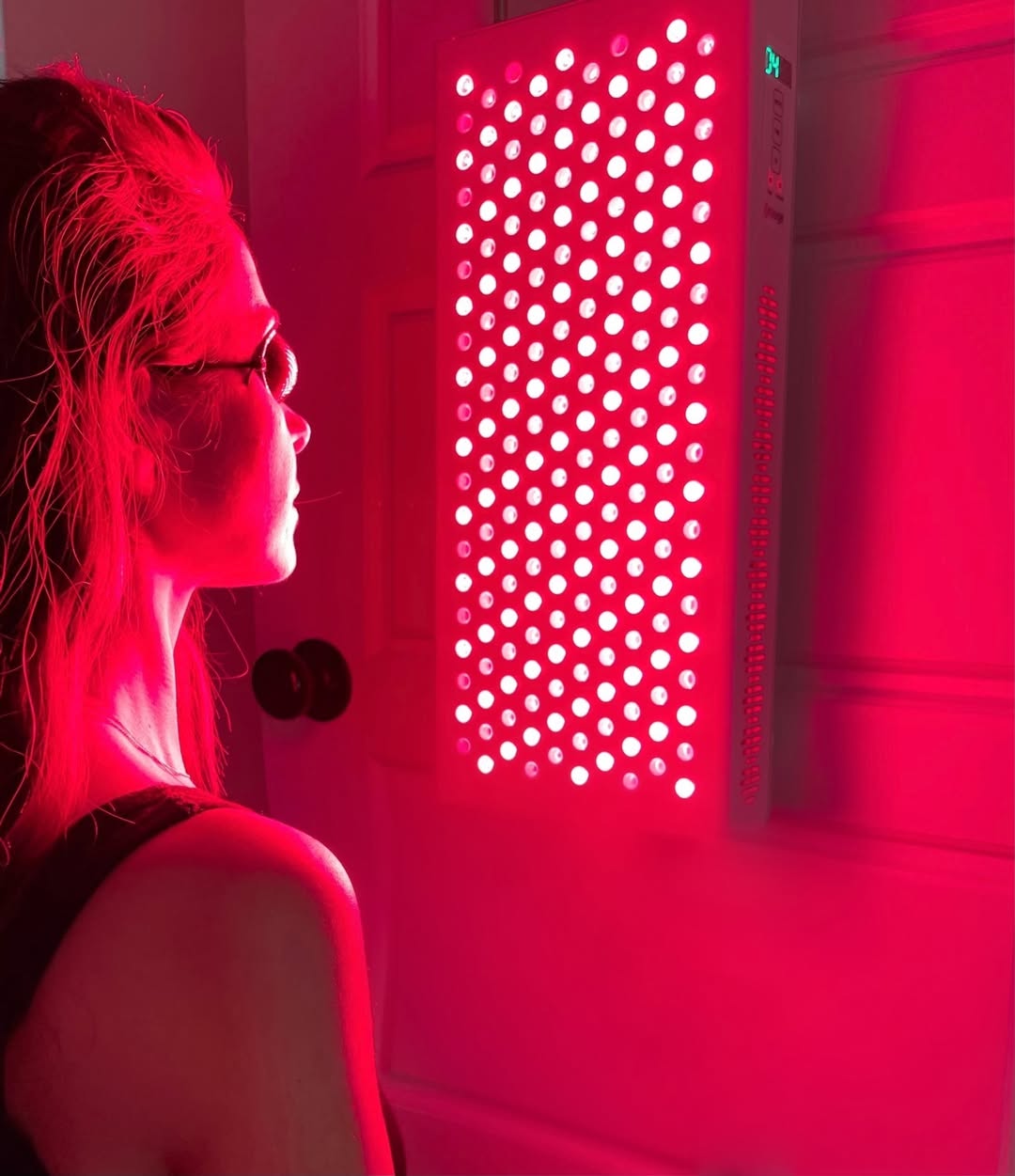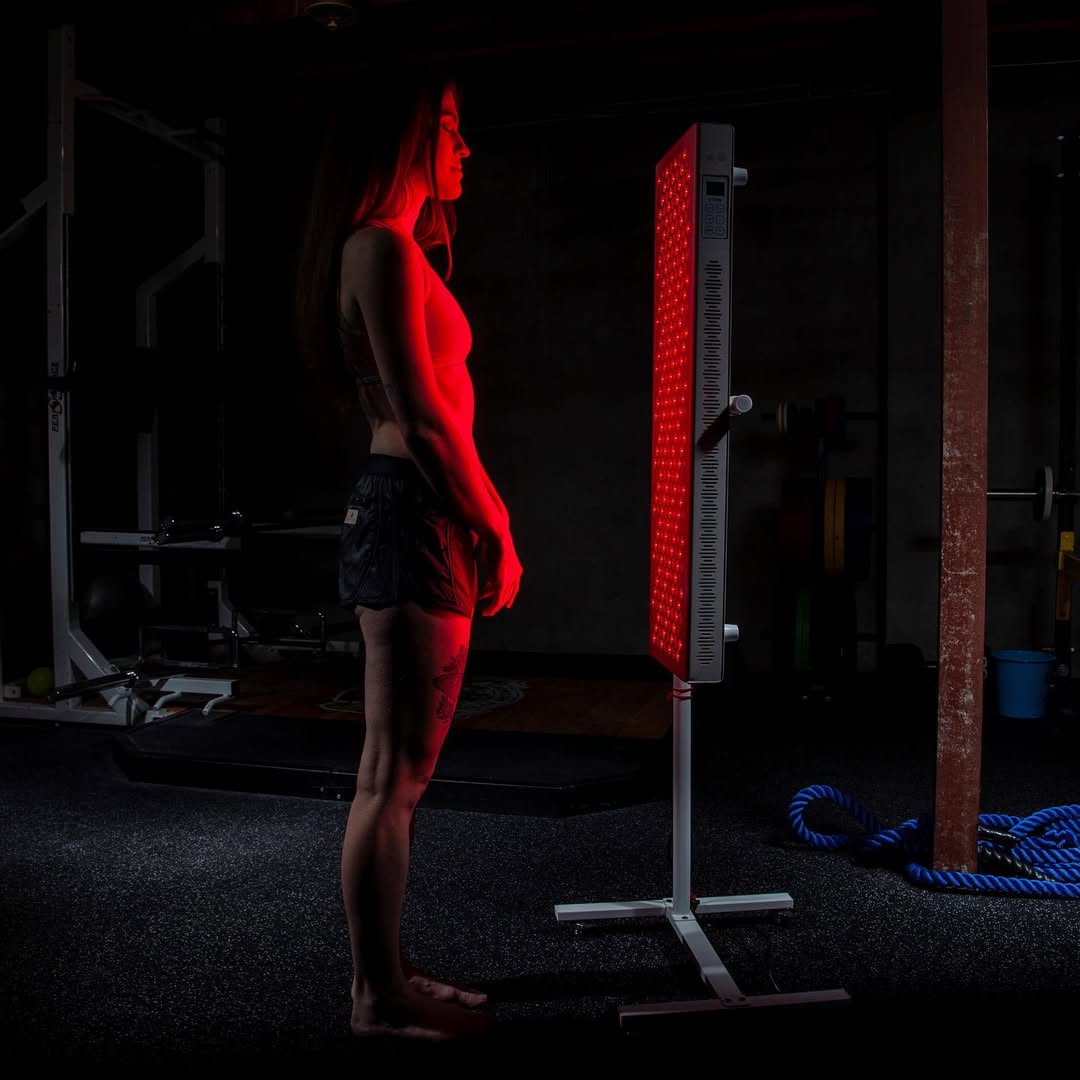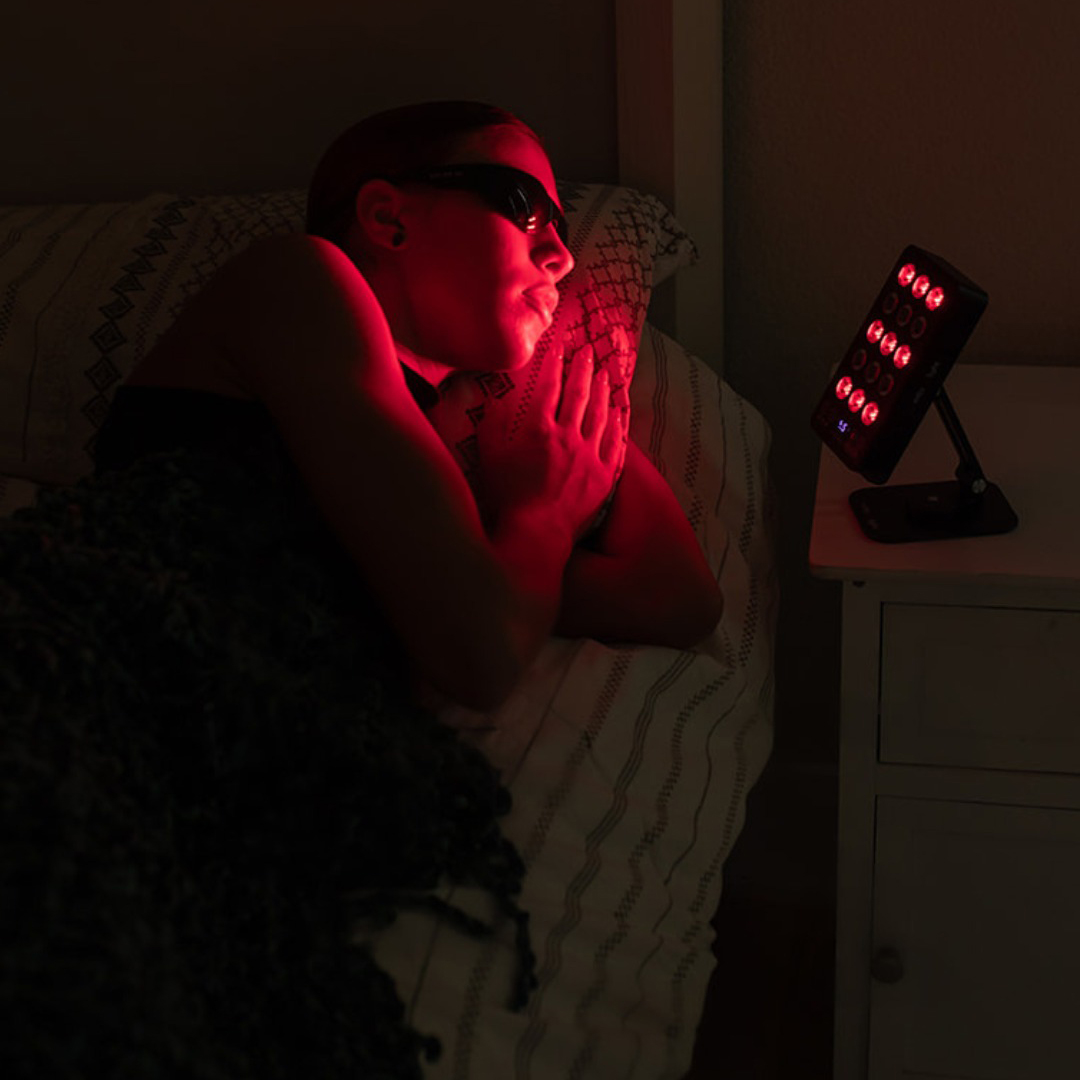![]() Free Shipping
Free Shipping ![]() Buy Now, Pay Later
Buy Now, Pay Later ![]() Eligible
Eligible
Blue Light Therapy for Spider Veins: A Modern Solution?
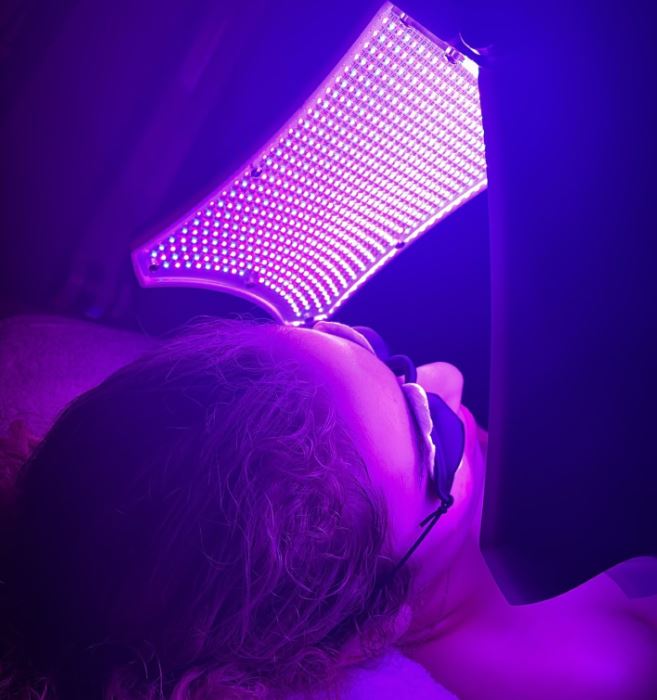
Meta Description: Explore the potential of blue light therapy for treating spider veins. This guide compares it to sclerotherapy and lasers, detailing how it works, its effectiveness, and what to expect.
Blue Light Therapy for Spider Veins: A Comprehensive Guide
Spider veins, those tiny, web-like clusters of red, blue, or purple veins that appear on the legs and face, are a common cosmetic concern for many. While generally harmless, many seek treatment to improve their skin’s appearance. In the quest for non-invasive solutions, blue light therapy has emerged as a potential option. But how does it stack up against established treatments like sclerotherapy and laser therapy?
This article delves into the science, effectiveness, and practical considerations of using blue light to treat spider veins.
What is Blue Light Therapy and How Does It Target Veins?
Blue light therapy, also known as phototherapy, utilizes specific wavelengths of light in the blue spectrum (typically around 400-470 nanometers). Originally popular for treating acne and seasonal affective disorder (SAD), its application in aesthetics has expanded.
The principle behind using it for spider veins is similar to that of laser therapy, though the mechanism is different:
- Absorption: The hemoglobin in the red blood cells within the spider veins absorbs the blue light energy.
- Thermal Effect: This absorbed light energy is converted into heat.
- Coagulation: The heat causes the blood within the tiny vein to coagulate (clot).
- Absorption by the Body: Over the following days and weeks, the body’s natural healing processes break down and reabsorb the treated, clotted vein, causing it to fade from view.
Expert Insight: Dr. Anna Smith, a cosmetic dermatologist, notes, “Blue light therapy offers a gentle approach. It doesn’t target the skin’s pigment like some lasers, making it a consideration for patients with a wider range of skin tones for very superficial veins. However, its penetration depth is a limiting factor.”
Blue Light Therapy vs. Other Spider Vein Treatments
To understand where blue light fits in, it’s crucial to compare it to the gold-standard treatments. The following table provides a clear, at-a-glance comparison.
Treatment Comparison Table
| Feature | Blue Light Therapy | Sclerotherapy | Laser Therapy (e.g., Nd:YAG) |
|---|---|---|---|
| How It Works | Light energy is absorbed by hemoglobin, causing coagulation. | A chemical solution is injected, irritating the vein lining. | Concentrated light heats and destroys the vein. |
| Best For | Very fine, superficial facial or leg spider veins. | Small to medium spider veins and some varicose veins. | Fine spider veins, especially on the face; all skin types. |
| Invasiveness | Non-invasive (no needles). | Minimally invasive (injection). | Non-invasive (no needles). |
| Pain Level | Minimal; often described as a warm sensation. | Mild stinging or cramping at injection sites. | Moderate; often feels like a rubber band snap. |
| Downtime | Typically none; immediate return to activities. | Minor; may require compression stockings. | Minimal; temporary redness or swelling. |
| Sessions Needed | 2-5+ sessions. | 1-3+ sessions per area. | 1-3 sessions. |
| Results Timeline | Gradual improvement over several weeks. | Gradual fading over 3-6 weeks. | Gradual fading over several weeks. |
| Key Consideration | Limited penetration; not for deeper or larger veins. | Risk of hyperpigmentation or matting. | Can be less effective on leg veins than sclerotherapy. |
The Pros and Cons of Choosing Blue Light
Based on the comparison, let’s break down the specific advantages and limitations of blue light therapy for spider veins.
Advantages of Blue Light Therapy
- Non-Invasive & Needle-Free: A significant benefit for those with a fear of needles.
- Minimal to No Downtime: You can typically resume your daily routine immediately after a session.
- Good for Sensitive Areas: Often well-tolerated on the delicate skin of the face.
- Low Risk of Scarring: When performed correctly, the risk of scarring is very low.
Limitations of Blue Light Therapy
- Limited Efficacy: Its primary drawback is its inability to penetrate deeply. It is generally only effective for the finest, most superficial spider veins.
- Multiple Sessions Required: Achieving noticeable results often requires a series of treatments, increasing the overall cost and time commitment.
- Not a Universal Solution: It is not suitable for larger varicose veins or even more prominent spider veins.
- Temporary Results: Like most cosmetic vein treatments, it does not prevent new spider veins from forming.
Patient Perspective: “I tried blue light for the tiny red veins on my nose,” shares Maria, a 42-year-old client. “It took three sessions to see a real difference, and I was happy I didn’t have any redness or recovery time. But my larger veins on my legs needed a different approach.”
What to Expect During and After a Blue Light Session
A typical blue light therapy session is straightforward:
- Consultation: A qualified practitioner will assess your spider veins to ensure you are a good candidate.
- Preparation: You will wear protective eyewear. The skin is cleaned but usually requires no numbing.
- Treatment: The practitioner will place the blue light device against your skin. You may feel a gentle warming sensation. The session can last from 15 to 30 minutes, depending on the size of the area.
- Aftercare: There is no specific aftercare. You are advised to use sunscreen and avoid excessive sun exposure to protect the treated skin and maintain results.
The Verdict: Is Blue Light Therapy Right for You?
Blue light therapy can be a viable option for a specific subset of patients. It is best suited for individuals with:
- Very fine, superficial spider veins (telangiectasias).
- A preference for a non-invasive, needle-free procedure.
- Concerns primarily on the face.
- The patience and budget for multiple treatment sessions.
VELLGUS Elite V2
THE #1 RATED RED LIGHT DEVICE
VELLGUS pro V2
THE #1 RATED FULL BODY RED LIGHT DEVICE
Final Recommendation Table
| Your Situation | Recommended Treatment |
|---|---|
| Fine, facial spider veins & needle-phobia | Consider Blue Light Therapy |
| Small to medium spider veins on legs | Sclerotherapy is the Gold Standard |
| Spider veins on darker skin tones | Laser Therapy (Nd:YAG) is often best |
| A mix of spider and varicose veins | Consult a Vein Specialist for a multi-modal plan |
Conclusion:
While blue light therapy represents an interesting advancement in cosmetic technology, its role in treating spider veins is niche. It is essential to have a consultation with a board-certified dermatologist or vein specialist who can accurately diagnose your condition and recommend the most effective treatment path for your unique needs. Managing expectations is key—blue light is a gentle tool, not a magic wand for all vascular concerns.



